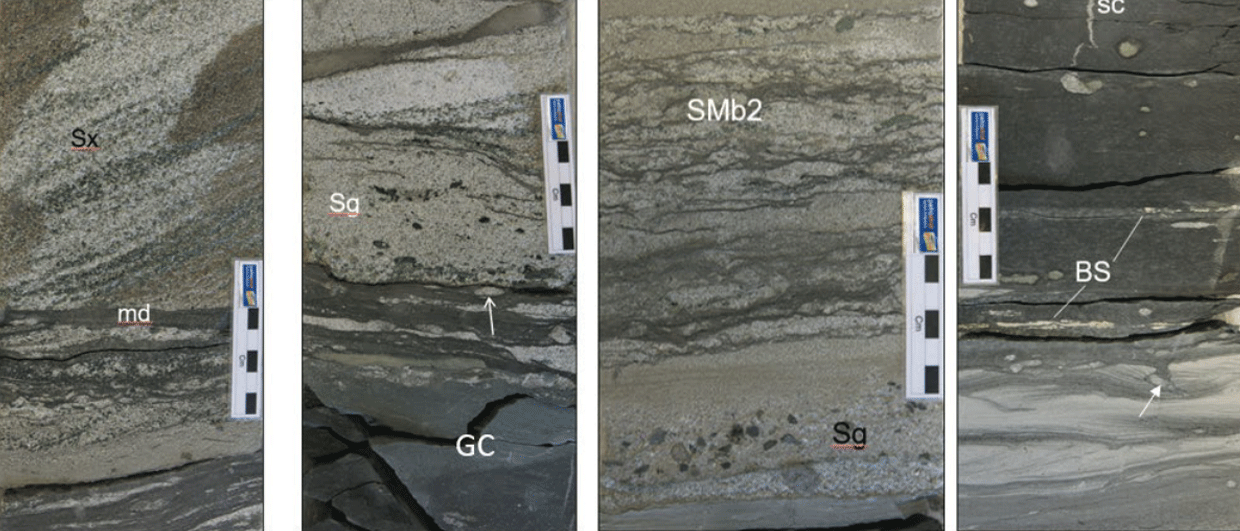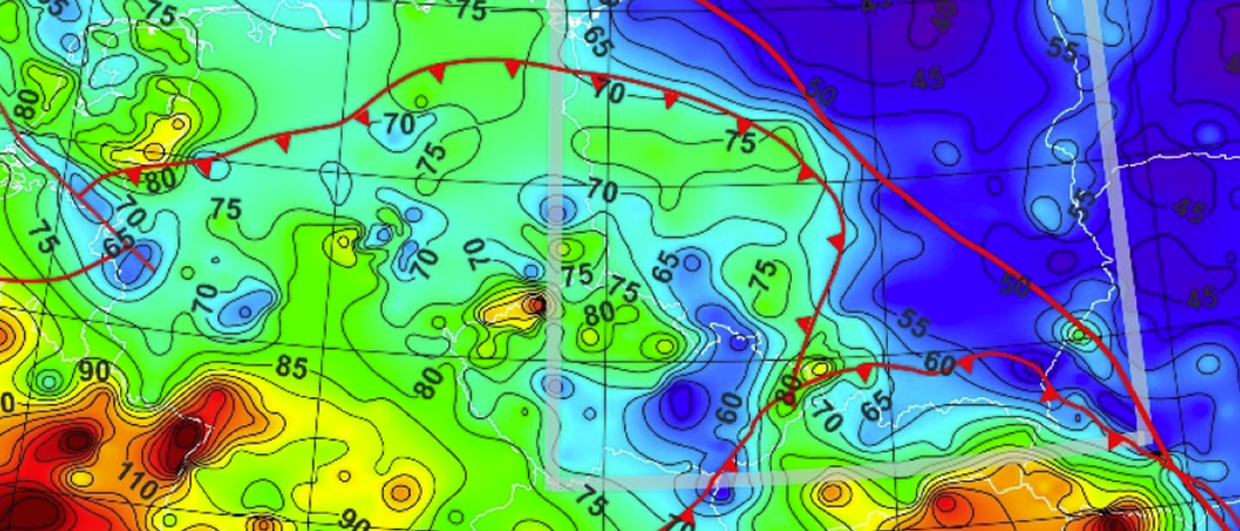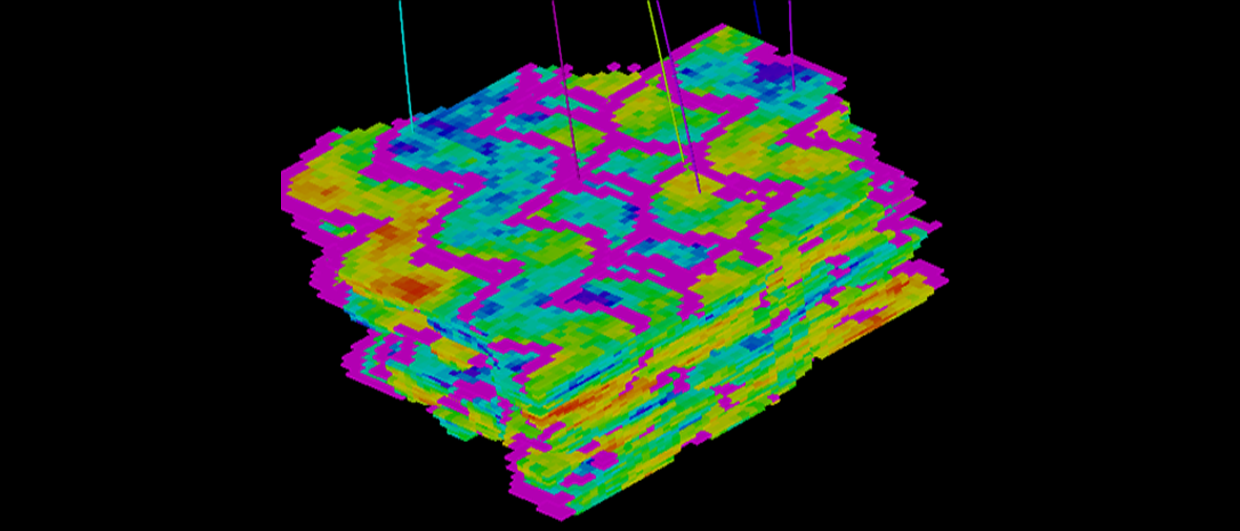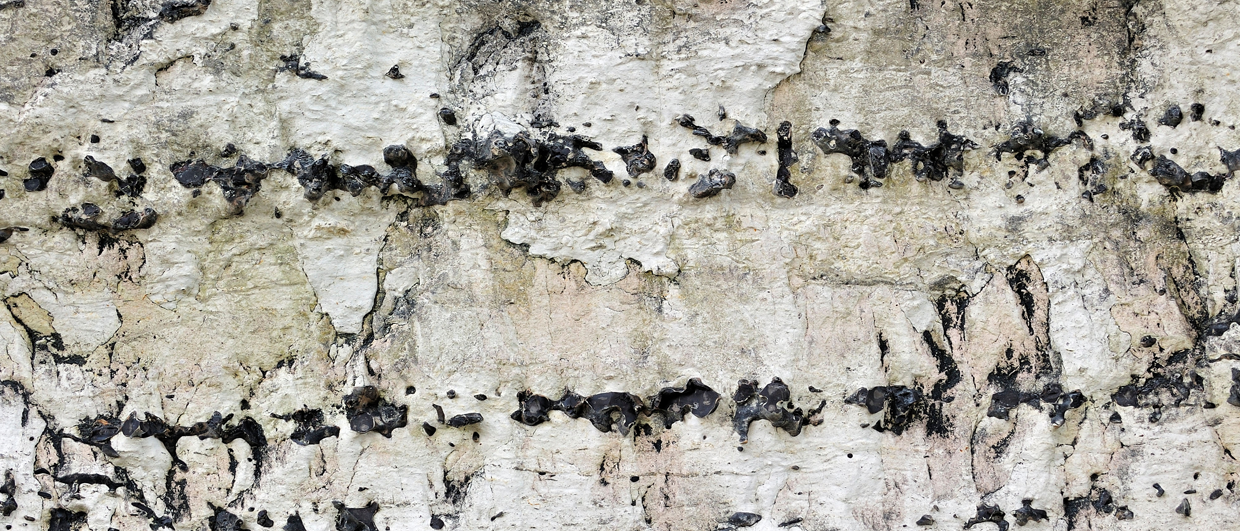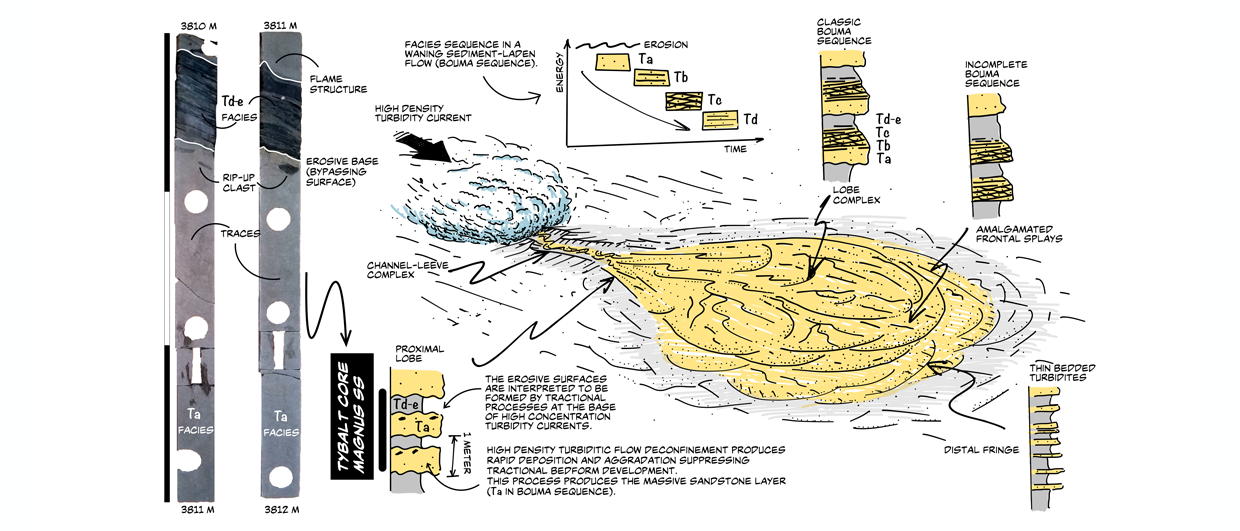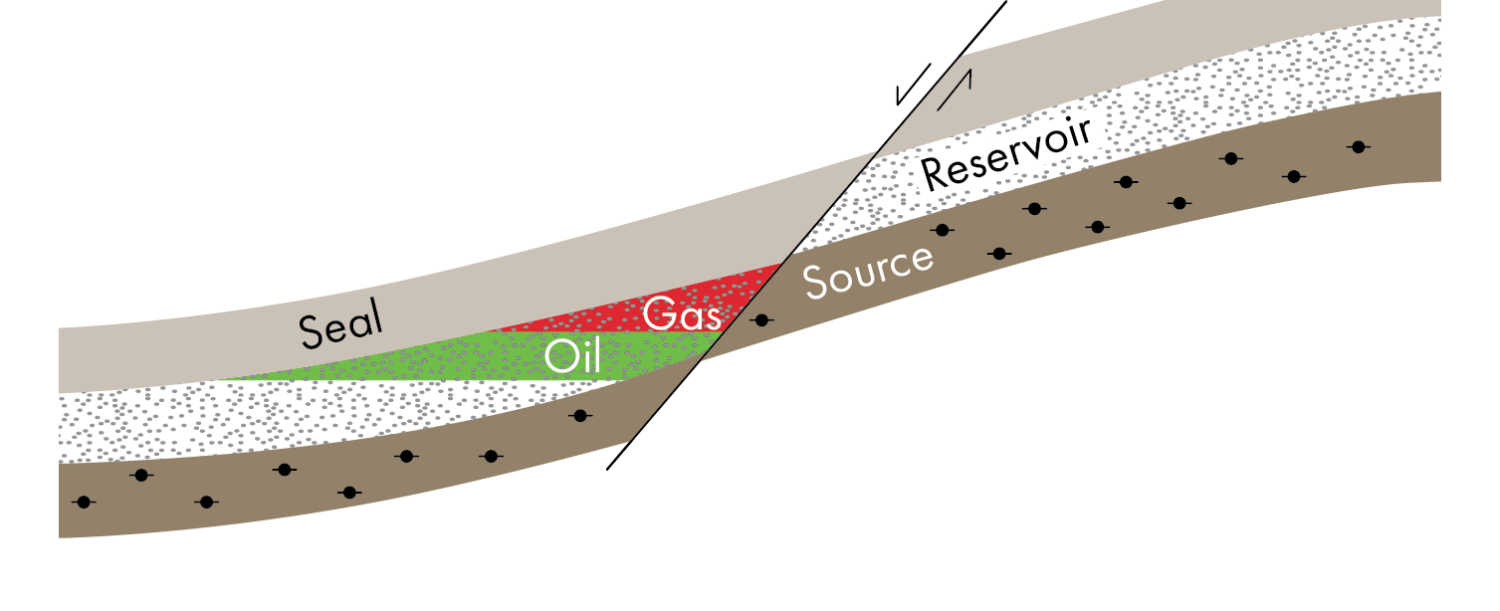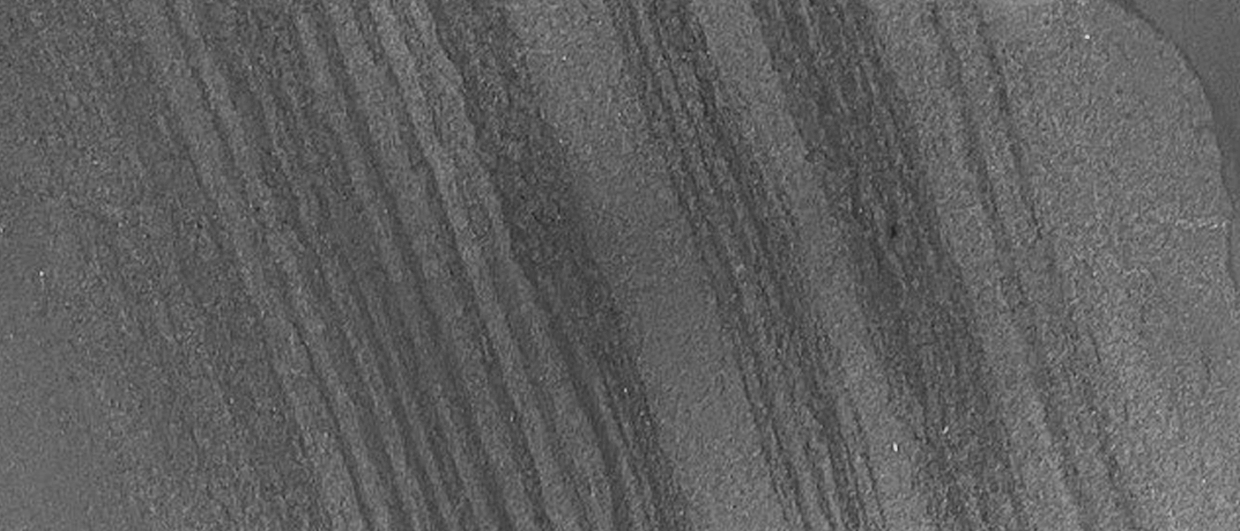How careful core description and detailed biostratigraphic analysis can delineate sub-seismic reservoir zones in a highly mud-prone system
This study was undertaken by PetroStrat in collaboration with Stratum AS (QEMSCAN), Barnwell Parker Geoscience Limited (seismic interpretation) and HM Research Associates (heavy mineral provenance analysis). Together, we have completed…

